Photographing black and white birds always creates an exposure challenge, that if not properly addressed results in overexposed whites and underexposed blacks. Both of these situations result in images destined for the trash bin as the detail in the shadows and highlights is underexposed in the former and blown out forever in the latter. Sometimes getting the right exposure is counter intuitive unless you think about how the light meter in your camera works. You camera’s light meter sees grays, not blacks and whites, and it is designed to provide the proper exposure for a neutral gray. Approximately 18% of the light that strikes a neutral gray is reflected, and its the reflected light that your meter reads to calculate exposures. The problem arises in that whites reflect about 36% of the incident light while blacks only reflect about 9% and your camera is calibrated to base its exposures assuming an 18% reflectance. This is why if you shoot in an automatic mode, making no exposure compensation, your camera will underexpose predominantly white scenes (a snow-covered field) and overexpose predominantly black scenes (an asphalt parking lot) making both look rather dull or gray in appearance. In order to make colours pop you need to add 2/3 to 1 stop when shooting winter scenes and take 2/3 to 1 stop less when shooting parking lots and coal pits!
When shooting black and white birds the exposure challenge is a little different in that the bird generally occupies 1/3 to 1/2 of the frame, while the camera meters the whole frame and sets the exposure reading accordingly. This generally overexposes the white birds and underexposes the dark birds unless you make the required compensation.
Although many times you don’t get a second chance at a bird, especially when they are in flight, always check the histogram to make certain the whites are not overexposed (the right side of the histogram should be close to, but not touch, the right vertical axis). If you can, set your camera to ‘highlight alert’ which will cause overexposed areas on an image to blink when viewed on the camera’s LCD. These two things will help you easily recognize overexposure after the fact and allow you to make the required corrections for the next images.
The first two images are of a Fish Crow, taken at the Ding Darling National Wildlife Refuge on Sanibel Island in Florida. Taken with a 400/5.6 lens and the exposure was increased 1/3 stop to help bring out the detail in the shadows but still retain the dark colour of the crow.
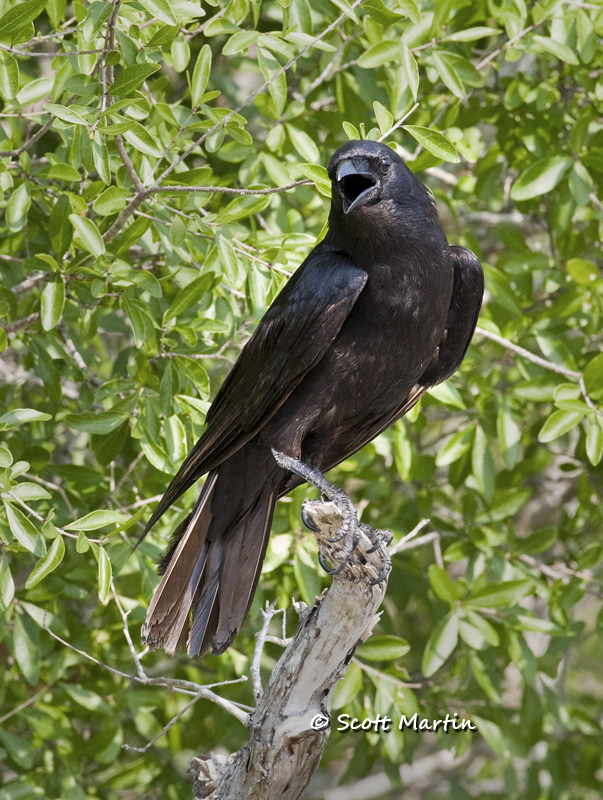
.
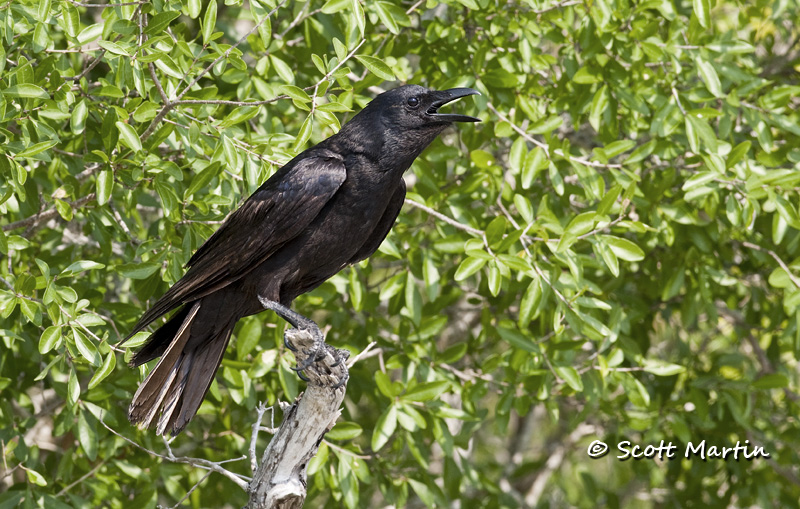
The White Ibis was taken with the same lens, however the exposure was 1 1/3 fewer stops than the meter indicated so none of the whites were overexposed.
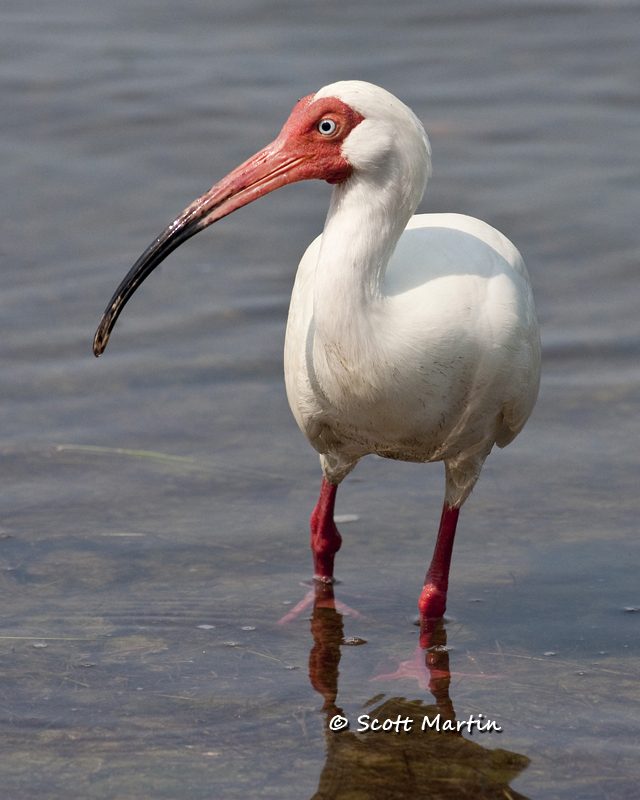
.
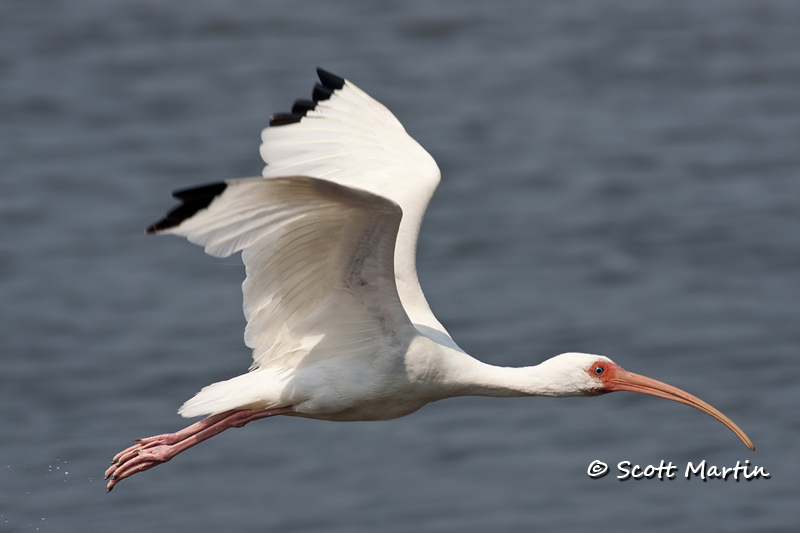
It was a real treat to have my favourite Egret, the Snowy Egret fly by at fairly close range. Their black legs, bright yellow feet any punky crown make for great pictures….as long as you get the exposure right 🙂
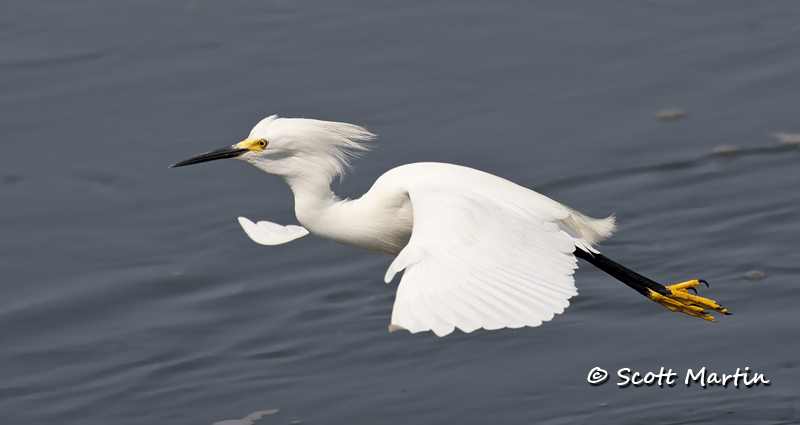
For lots more shots of Ibis and Egrets please check out the Wading & Shore Birds Gallery

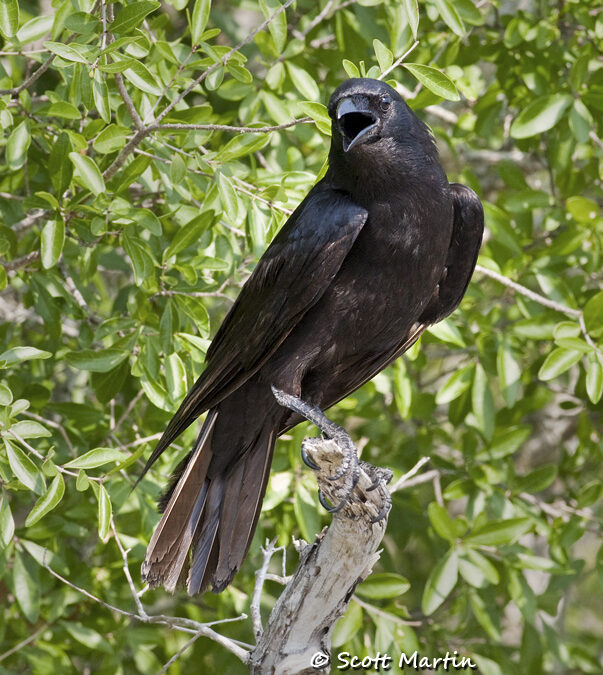
Very well thought out and illustrated post!